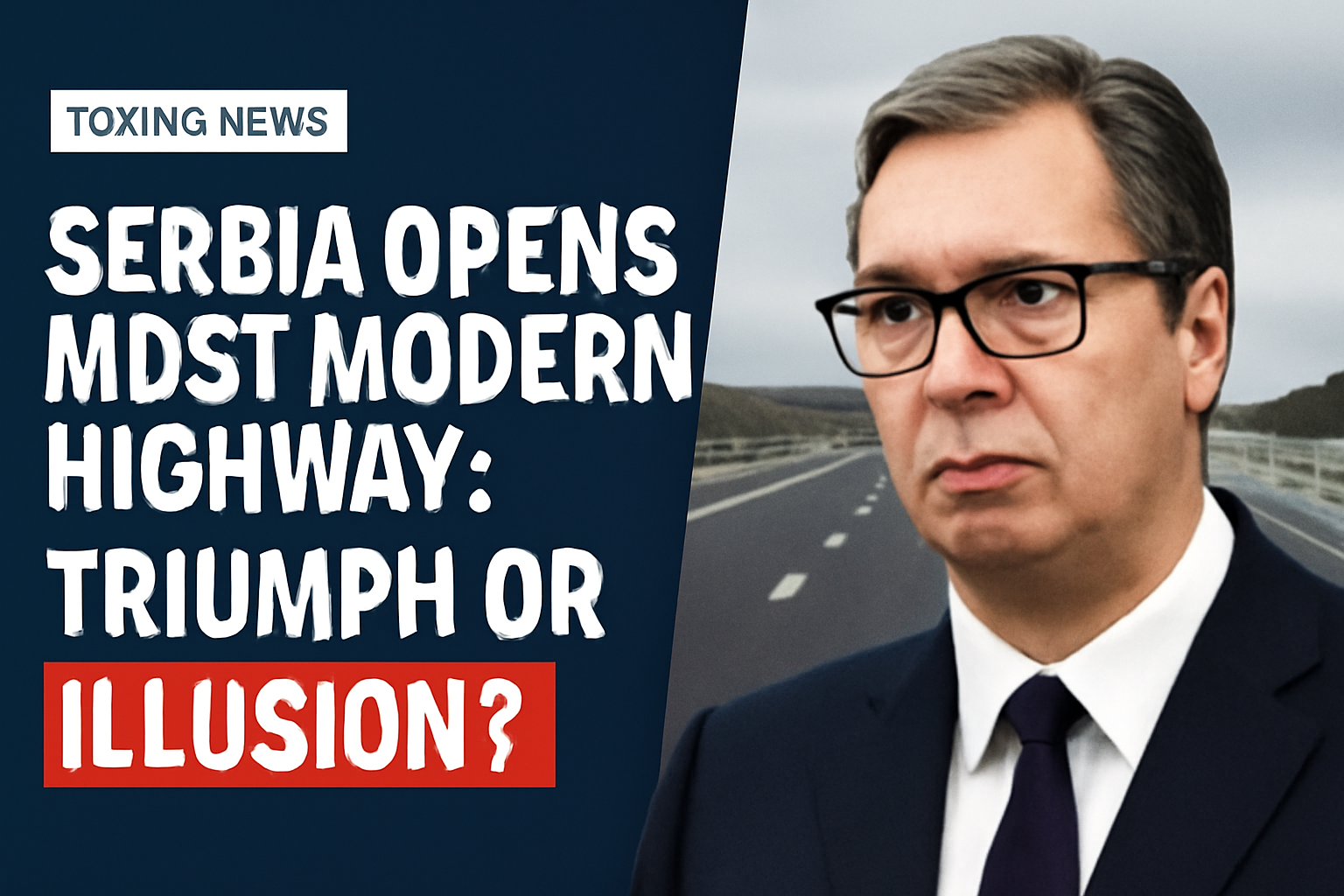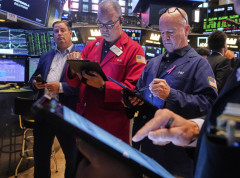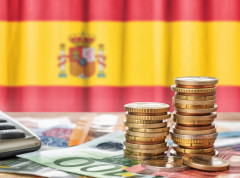Serbia just stepped into the future by opening a 19.56-kilometer stretch of the E763 Miloš Veliki highway, featuring the country’s two longest road tunnels – Munjino Brdo and Laz. Finance Minister Siniša Mali is calling it the most modern highway in Europe. But is it really, or just another political show?
Highway: A Symbol of Success or Political Hype?
Mali boasts that Serbia has built more highways in the last 13 years than in the previous 67 years combined. Sounds impressive, right? But is it enough to cover up the problems still haunting the country? Unemployment has dropped from 23% to 9.1%, which is a big deal, but is progress happening fast enough?
Economy on Paper vs. Reality on the Ground
The IMF has given Serbia a thumbs-up with a projected GDP growth of 3.0% this year. Mali says reforms are ongoing and new credit rating reports are expected soon, potentially opening doors for investments. But while the economy looks good on paper, the average salary will only increase by about 1 euro in December, and the minimum wage will rise to 40,000 dinars in October – still far from European standards.
New Corridors and Jobs – Myth or Reality?
Besides the Miloš Veliki highway, the Morava and Danube corridors are expected to open by year-end, promising new jobs and better connectivity. Mali claims every kilometer of highway means a new job, but critics warn that infrastructure alone won’t guarantee economic growth without serious investments in industry and education.
What Do the People Say?
While the government celebrates, many citizens wonder how much this will actually help them. Will the new highway bring prosperity or just be another symbol of political marketing? Got a hot take or a joke about highways? Share it here – we’re all ears for laughs, rants, and real talk!
Either way, Serbia is on the road to change, but the big question remains: is this the road to real success or just another stretch full of promises and half-baked results?


















